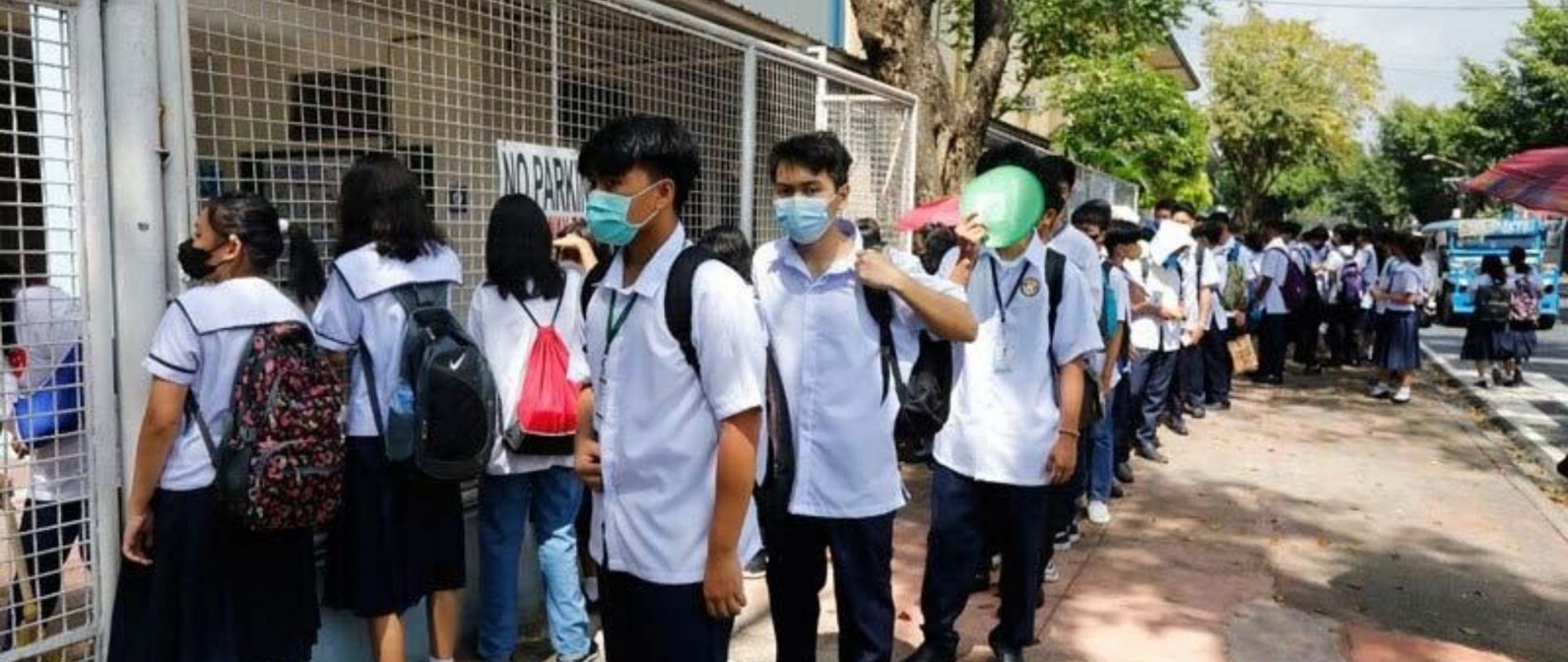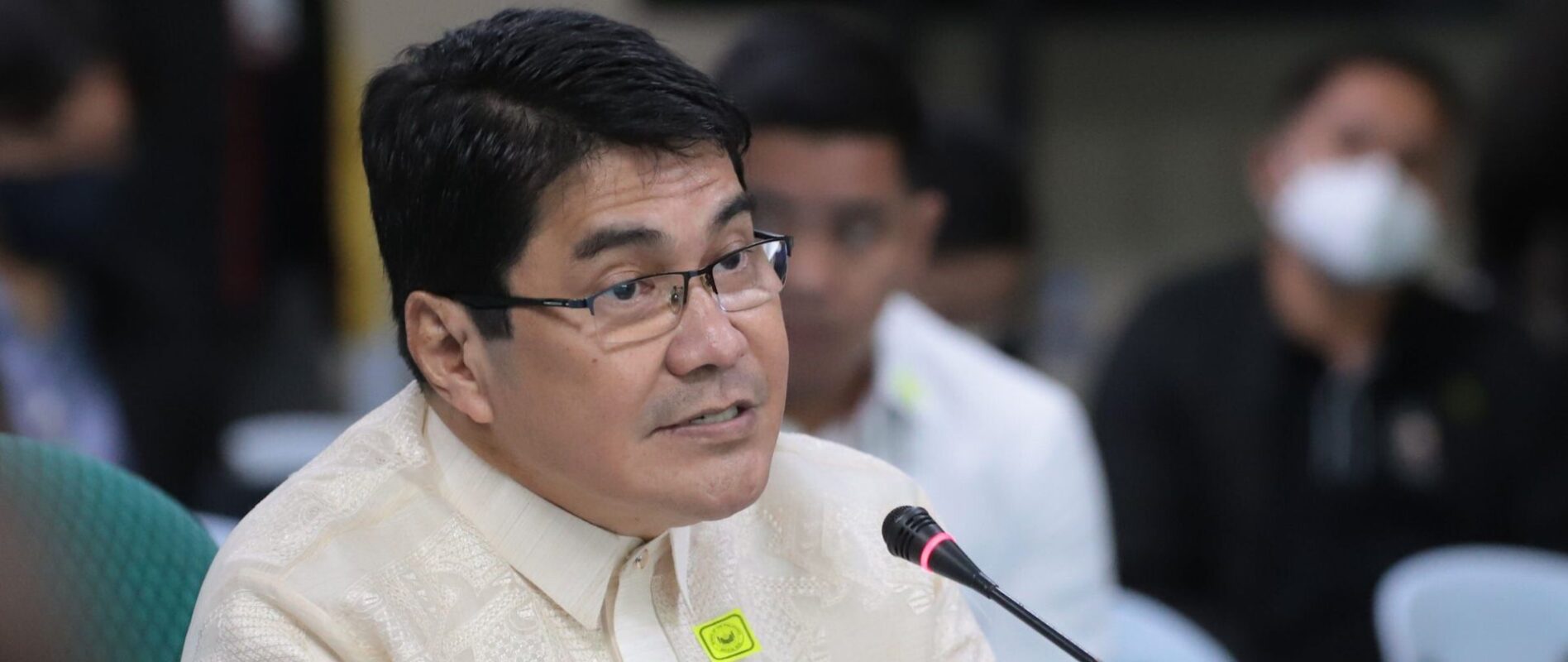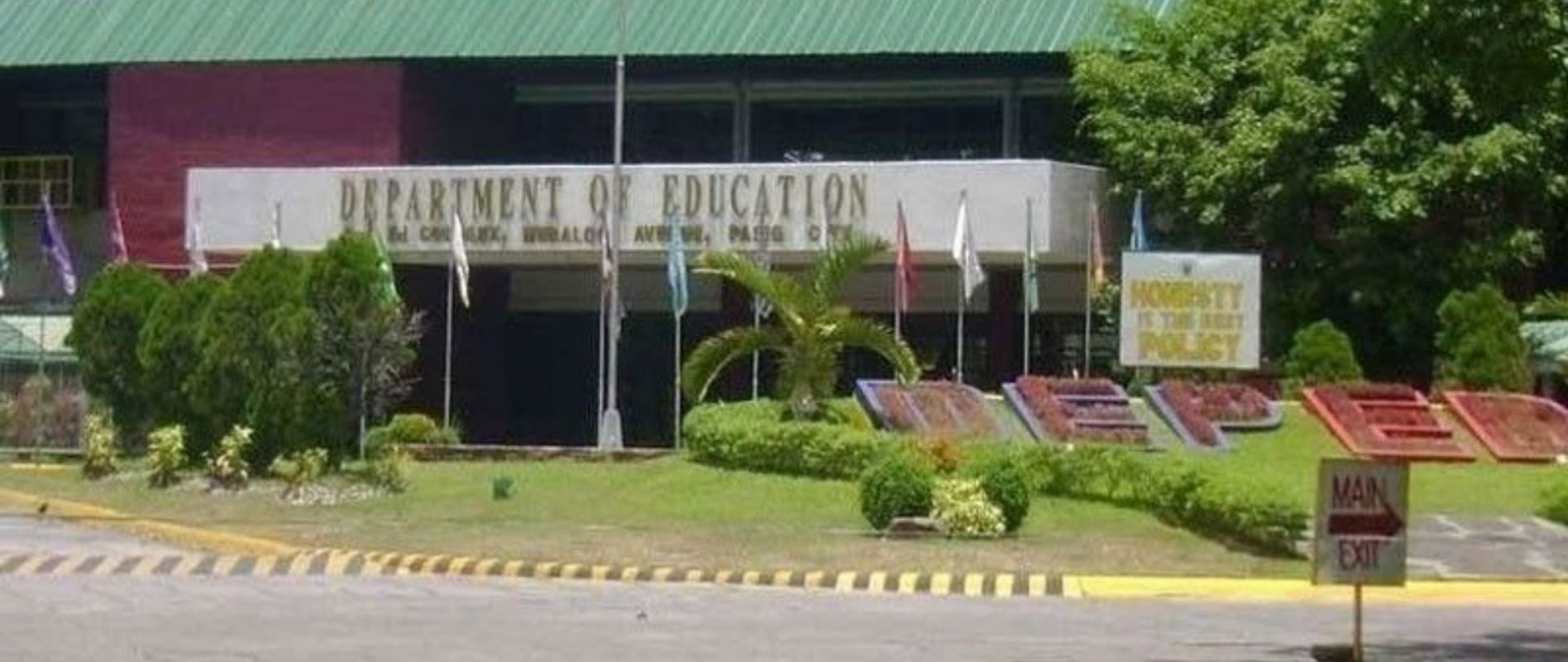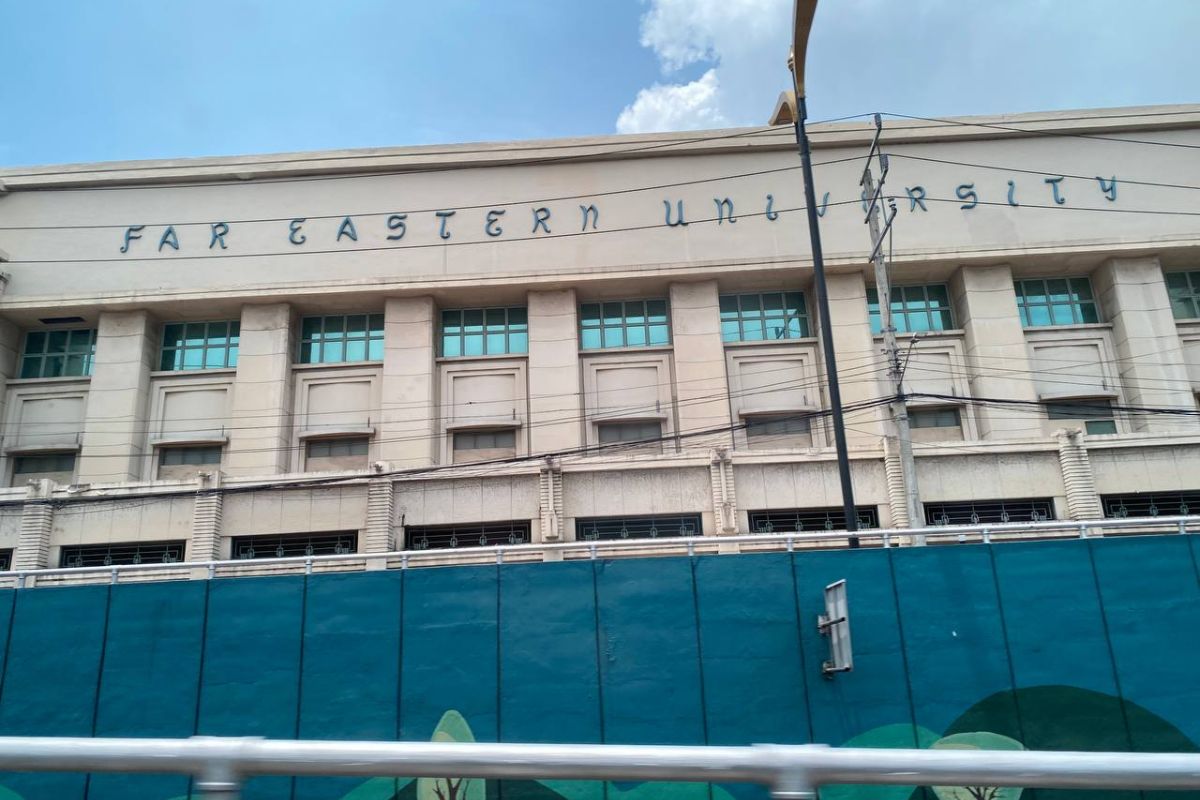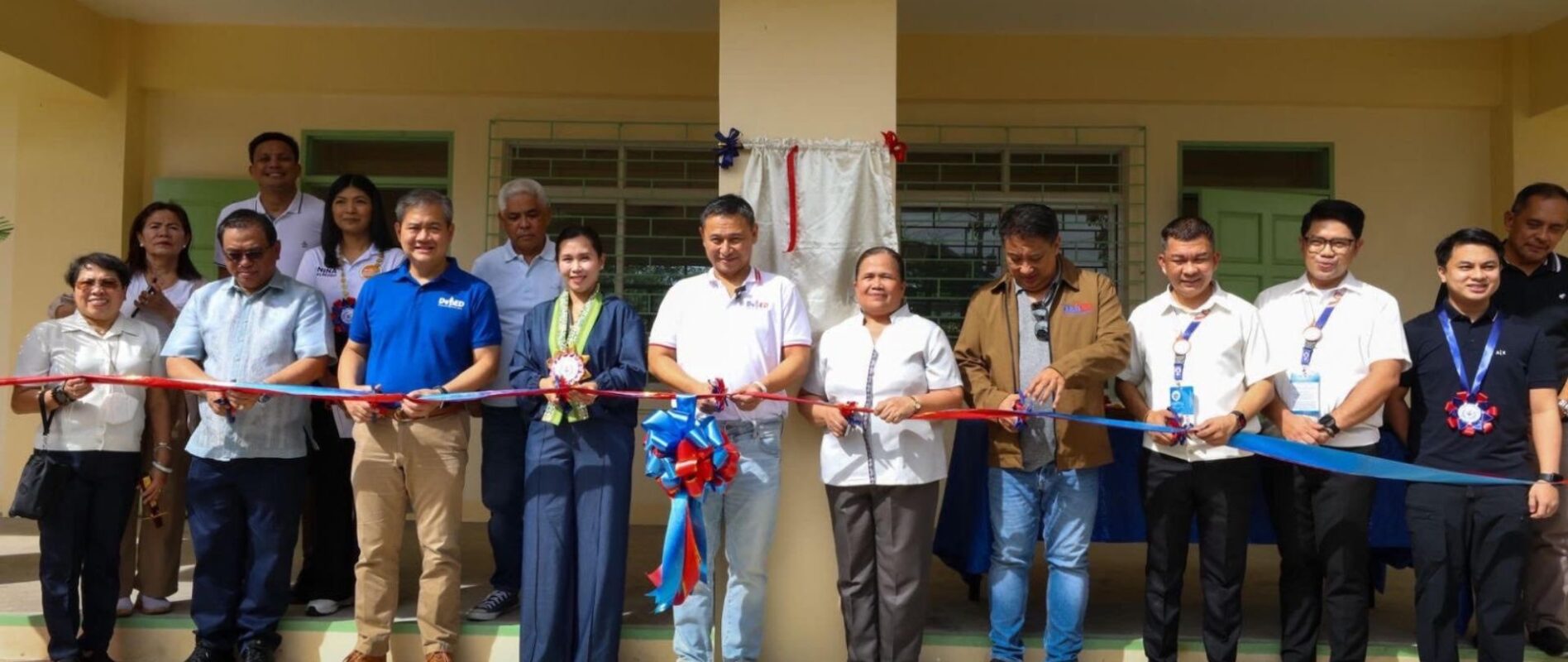1.4M FILIPINO CHILDREN COULD ENDURE EXTREME HEAT, STUDY WARNS
A GLOBAL temperature rise of 3.5 degrees Celsius— a possible worst-case scenario— could expose 93.5 percent of Filipinos born in 2020, or about 1.4 million children, to unprecedented lifetime exposure to heatwaves, according to a new global report.
The findings came from Born into the Climate Crisis 2, an expanded study by Save the Children and Vrije Universiteit Brussel.
The report was released in time for the 10th anniversary of the Paris Agreement, which aims to limit global warming to 1.5 degrees Celsius.
“Five-year-olds are already staying indoors because it’s too hot to play outside—sweating, dizzy, and restless, as even summer break offers no relief from the dangerous heat. And it’s just the beginning. They’ll grow up facing even hotter temperatures, with greater risks of dehydration, heatstroke, and other health problems. That’s why the Paris Agreement’s 1.5 degrees Celsius goal is more than a target—it’s a lifeline for children,” said Rexel Abrigo, Save the Children Philippines’ Environmental Health Advisor.
The study notes that children in low-income countries like the Philippines are among the most affected. Many homes and schools are not built to withstand extreme heat and lack cooling systems, electricity, or running water. These children are likely to experience “unprecedented lifetime exposure” to climate extremes—events so rare they would normally occur only once in 10,000 lifetimes.
Experts warn that avoiding this grim future requires ambitious and urgent reductions in greenhouse gas emissions. If global temperature rise is limited to 1.5 degrees Celsius by 2100, the percentage of Filipino children born in 2020 who would face extreme heat exposure could drop to 55.2 percent—or around 843,834 individuals.
Save the Children Philippines is working with children, communities, partners, and government agencies to expand child-focused climate adaptation programs across key sectors such as Health, Education, and Protection.
“Children did not cause the climate crisis, but they are suffering the most from its impact. That’s why our programs are designed not just to protect them, but also to equip them with the knowledge and tools they need to survive, build resilience, and adapt,” Abrigo added.
One such initiative is the Child-Centered Community-Based Adaptation program, which has reached 20,078 children, youth, and community members, equipping them with critical knowledge and skills to build resilience against climate change. Through the Building Resilient Futures project, the organization is also providing adolescents aged 10–17 with essential green skills and supporting innovation labs in schools to drive community-level mitigation and adaptation efforts.
Save the Children Philippines continues to partner with the Department of Education, Department of Health, Department of Environment and Natural Resources, Climate Change Commission, and climate-focused organizations such as the Oscar M. Lopez Center and the World Wide Fund for Nature to protect children from the impacts of a rapidly warming world.

